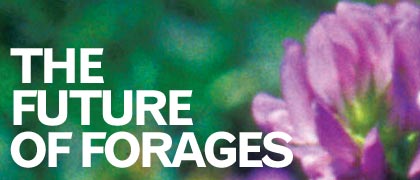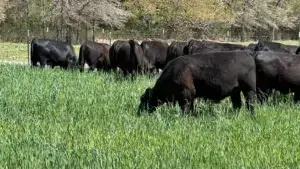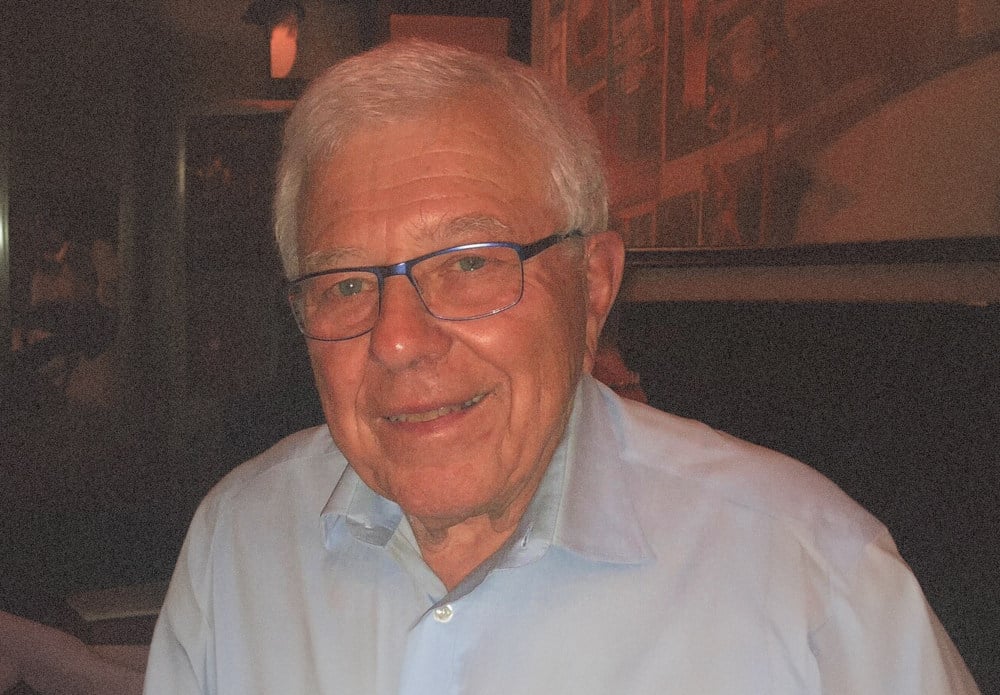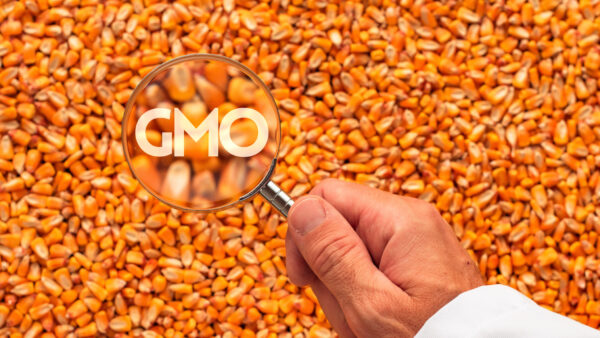Far from being left behind in research and development, forages are coming to the fore as growers begin to look for geographically-specific varieties.
While forages have always been necessary to livestock producers, they haven’t enjoyed the relative glory of cereals or oilseed crops, and have never commanded attention as a rich field of opportunity for research and development—but this trend is changing.
“We don’t generate a lot of revenue in sales, but it’s valuable for the livestock community,” says Chris Agee, forage agronomist for Pennington Seed. Pennington, like many forage and turfgrass companies in the United States, operates in partnership with universities and other organizations, pooling genetics and resources rather than spearheading major private breeding initiatives.
“In other countries where land is much more limiting, farmers are more keen to match varieties to their specific environment—but the U.S. is not as forage smart as other countries. I think I see that changing as farmers become more sophisticated, for lack of a better word, with their planting choices,” says Agee.
Leah Brilman, director of research and technical services at Seed Research of Oregon, a division of Pickseed, and incoming head of turf research for Pickseed, agrees. “At the universities we had a lot more breeders for forages, and then we saw a downslope in varieties coming out of university programs. At the same time, we’re starting to see an upslope in customer awareness of improvements. So companies have stepped up and started to do more forage breeding lately,” she says. “Farmers are more savvy and are looking for improvements in forage. We’re seeing more of them move toward [known] varieties that have good data behind them.”
“In other countries where land is much more limiting, farmers are more keen to match varieties to their specific environment—but the U.S. is not as forage smart as other countries.”— Chris Agee
Forage Pipeline
At Pickseed, according to Brilman, customer demand has initiated a recent emphasis on drought tolerance in forages. This is an increasingly important trait—as drought-stricken growers in the United States are only too well aware—in light of climate change and the growing expense and limited availability of water in some areas. “In some areas where we market to, say, dairy farmers, a lot of them depend on rainfall for irrigation, and this year the irrigation failed in some of those areas,” she says. “You need something that will stay green as long as possible and provide food over low-rainfall conditions.”
Additionally, Pickseed is working on forage quality, releasing tetraploids such as Maximo, a tetraploid intermediate ryegrass which should be coming to market this year. “What we like about [Maximo] is that it gives the yields of a tetraploid annual, but it persists longer than an annual, so you get almost that balance between annual and perennial but with very high yields and longer persistence than an annual would give you,” says Brilman.
Pickseed is also working on what Brilman calls the “forage quality component,” improving tall fescue varieties to achieve softer leaves. “It’s a balancing act—if you get them softer it improves their digestibility and acceptance by the animals, but you have to be careful you don’t lose seed yield because of that.”
Forage quality is also on Pennington’s radar. New to the market is Texoma MaxQ II, the company’s second novel endophyte tall fescue. Produced directly from a southern Oklahoma ecotype by the Samuel Roberts Noble Foundation and coupled with Grasslanz Technology’s next generation of novel endophytes, MaxQ II, the variety is intended for livestock producers in the south-central United States. According to Agee, Texoma MaxQ II is also more tolerant to drought and heat than most other tall fescue varieties—a cool-season grass, it becomes semi-dormant in the summer, which protects it from the heat.
According to the company, Pennington is currently working to develop tall fescue germplasm/endophyte combinations that will be better adapted to the upper South and Midwest regions of the United States.
New to market is Pennington Seed’s Texoma MaxQ II.
Foraging the Future
Region-specific breeding is not new for forages, but producers in the United States have been slow to demand specific forage characteristics from the industry. In other parts of the world, such as Europe, herds have traditionally been smaller and more intensely managed, so producers have paid more attention to forage qualities. Agee sees this as the future of forages everywhere, as a changing climate fundamentally alters global agriculture. “Inputs for cattle production used to be a lot cheaper. But now, with corn and fertilizer prices, the most successful farmers are starting to look at managing pastures and getting the most out of them,” he says. “The ones that don’t, I think, will find themselves out of business.”
Mark Harvey, director of international operations for Seed Genetics International, a privately-owned commercial breeder and forage seed producer based in Adelaide, Australia, agrees that forages with particular characteristics will increasingly be sought by livestock producers. “For alfalfa it’s important, because as the pressures on production become more intense, farmers need to get more from the land, which means more intensively-farmed environments and more focus on varieties,” he says.
SGI produces 3500 to 4000 tons of non-dormant alfalfa seed on average each year. Recent developments in the company’s pipeline include Super Nova, released in 2010/2011, an alfalfa variety with a high winter rating, high protein and digestibility, and very high seed yield suited to temperate regions such as southern Europe and the southern United States. The company expects to release a range of multipurpose forage and grazing alfalfas with high quality and very active winter growth in 2014, and is also set to release a tropical alfalfa in 2014/2015 after testing is concluded; this variety is designed to resist tropical diseases in regions such as Asia, Brazil, Argentina and tropical areas in the north of Australia.
As seed companies look ahead to the effects of climate change on livestock-producing regions, the future looks bright for alfalfa. “You have to get more value out of nutrition and land, so you need to grow better, higher-performing varieties,” says Harvey. “So more intensive agriculture can be brought to bear.”
Julienne Isaacs
|
The Future of Roundup Ready Alfalfa? The United States Department of Agriculture authorized the resumption of sale and planting of Roundup Ready alfalfa in February of 2011, following a lengthy court battle that had restricted its use since 2007. So far, however, the technology has not been approved in any other country in the world, despite claims of its safety and the increasing motion of the global seed industry toward bioengineered crops. “I’m a firm believer in the technology and the advances that it can bring,” says Mark Harvey, director of international operations for Seed Genetics International, based in Adelaide. “Unfortunately, in Australia we cannot participate in production of GMO alfalfa—it’s a non-approved product. The regulatory work has to be approved before it can proceed, but the problem is in Australia there’s a very strong lobby against this—and in most places around the world. “Mo |













